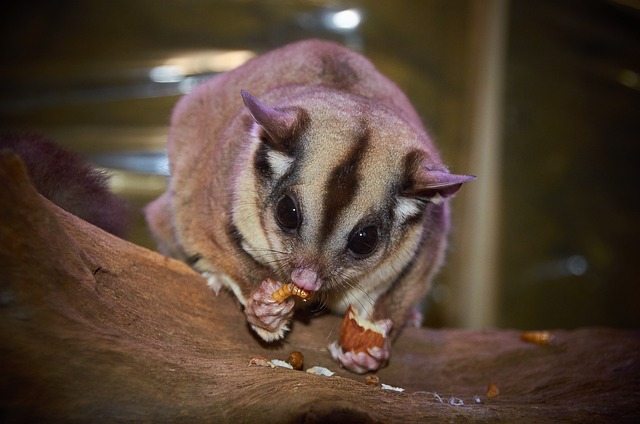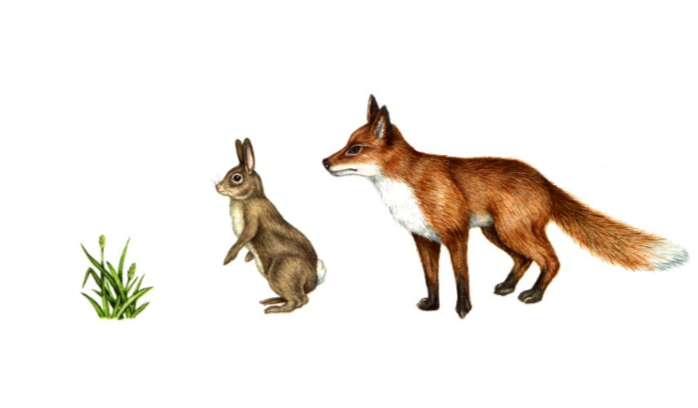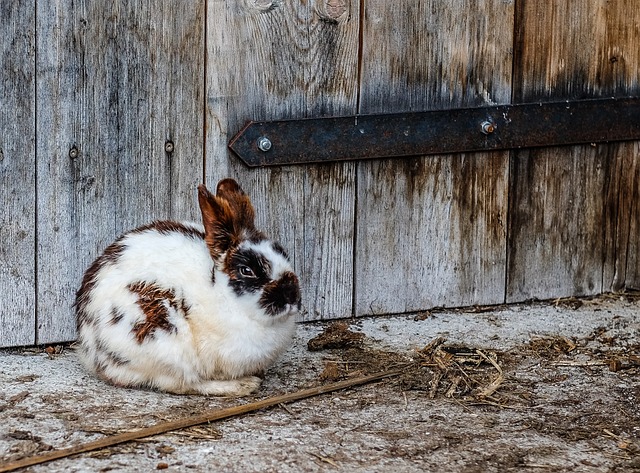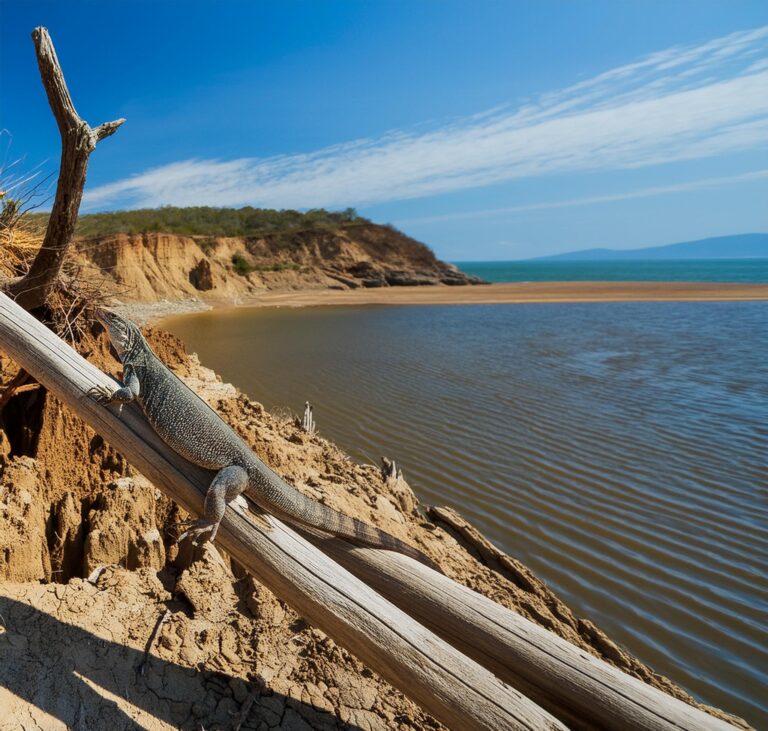How to Address and Treat Your Sugar Glider’s Growing Bald Spot
Is your sugar glider sporting a bald spot that’s causing you concern? Don’t worry, you’re not alone. Hair loss in sugar gliders is a common issue that can be caused by various factors like stress, poor nutrition, or even genetics. But the good news is, there are steps you can take to address and treat your glider’s growing bald spot.
In this article, we’ll explore effective methods for identifying the root cause of your sugar glider’s hair loss and provide you with practical solutions to promote hair regrowth. Whether it’s providing a balanced diet, improving their living environment, or seeking veterinary help, we’ve got you covered.
With our comprehensive guide, you’ll understand how to prevent further hair loss, promote a healthier coat, and ensure your sugar glider’s well-being. This is an invaluable resource for any sugar glider owner who wants to address the issue head-on.
Don’t let your sugar glider’s bald spot bring you down. By taking action with the right knowledge and care, you can help your little buddy regain their luscious coat and thrive in their happy, healthy state. Let’s get started!
Understanding the Causes of a Sugar Glider’s Bald Spot
Sugar gliders can experience hair loss due to various reasons. It’s essential to understand the underlying causes to effectively address and treat the issue. One common cause of bald spots in sugar gliders is stress. Gliders are sensitive animals, and factors like changes in their environment, excessive handling, or loud noises can trigger stress responses, leading to hair loss.
Another significant factor is poor nutrition. Sugar gliders require a balanced diet consisting of proteins, fruits, vegetables, and supplements to maintain a healthy coat. Inadequate nutrition can result in hair loss and other health problems in gliders.
Genetics can also play a role in hair loss. Some sugar gliders may be more prone to developing bald spots due to their genetic makeup. If the bald spot appears to be hereditary, it’s crucial to take extra care in managing the glider’s overall health and well-being.
It’s important to note that while bald spots can be a cause for concern, they are not always indicative of a severe underlying issue. However, it’s essential to properly diagnose the cause of the hair loss to ensure appropriate treatment and prevent further complications.
Signs and Symptoms of a Growing Bald Spot in Sugar Gliders
Identifying the signs and symptoms of a growing bald spot in sugar gliders is crucial in addressing the issue promptly. Early detection can prevent the problem from worsening and help your glider recover faster.
One of the common signs is the presence of a visibly bald area on the glider’s body. This can be observed on the head, neck, back, or tail. The skin in the affected area may appear red, irritated, or inflamed. You may also notice excessive scratching, biting, or grooming in the affected area.
Additionally, if the bald spot is caused by an underlying health issue, you may observe other symptoms such as weight loss, lethargy, changes in appetite, or abnormal behavior. It’s essential to keep a close eye on your sugar glider’s overall well-being to identify any potential issues early on.
If you notice any of these signs or symptoms, it’s crucial to take immediate action and start investigating the root cause of the hair loss.

Common Misconceptions About Sugar Glider Bald Spots
When it comes to sugar glider bald spots, there are several misconceptions that need to be addressed. Understanding the truth behind these misconceptions can help you make informed decisions regarding your glider’s health.
One common misconception is that bald spots in sugar gliders are always a result of mites or other parasites. While parasites can cause hair loss, they are not the sole cause of bald spots. Stress, poor nutrition, and genetics can also contribute to hair loss in gliders.
Another misconception is that hair loss is a normal part of aging in sugar gliders. While older gliders may experience some hair thinning, significant bald spots should not be considered a normal part of the aging process. It’s essential to investigate the underlying cause and provide appropriate treatment.
Additionally, some owners believe that bald spots will resolve on their own without intervention. While this may be true in some cases, it’s not always guaranteed. It’s crucial to take proactive steps to address the issue and promote hair regrowth to ensure your glider’s well-being.
By dispelling these misconceptions, you can approach the issue of bald spots in sugar gliders with a clearer understanding and take the necessary steps to help your glider recover.
Diagnosing the Underlying Issue of a Sugar Glider’s Bald Spot
To effectively treat a sugar glider’s bald spot, it’s essential to identify the underlying issue causing the hair loss. This can be done through a combination of observation, elimination, and, if necessary, veterinary assistance.
Start by observing your glider’s behavior, living environment, and diet. Look for any potential stressors or changes that may be contributing to the hair loss. Ensure that your glider is receiving a balanced diet and is not lacking any essential nutrients.
If the bald spot persists despite addressing potential environmental and dietary factors, it’s time to consult with a veterinarian who specializes in exotic pets. They can perform a thorough examination and conduct tests to rule out any underlying health issues such as infections, hormonal imbalances, or allergies.
Working with a veterinarian will help you pinpoint the exact cause of the hair loss and determine the most appropriate course of treatment for your sugar glider.
Treating Nutritional Deficiencies in Sugar Gliders
One common cause of hair loss in sugar gliders is nutritional deficiencies. Ensuring your glider receives a balanced diet is crucial in promoting hair regrowth and overall health.
A well-rounded diet for sugar gliders should consist of proteins, fruits, vegetables, and supplements. Protein sources can include insects, boiled eggs, or commercial glider food that contains high-quality proteins. Fruits and vegetables should be offered in moderation to provide essential vitamins and minerals.
Supplements such as calcium, vitamin D3, and multivitamins can help bridge any nutritional gaps and promote healthy hair growth. However, it’s important not to over-supplement, as this can lead to imbalances and other health issues.
Consulting with a veterinarian or an experienced sugar glider breeder can provide valuable insights into the specific nutritional needs of your glider and help you create a balanced diet plan.
In addition to a proper diet, ensure that your glider has access to fresh, clean water at all times. Hydration is essential for overall health and can contribute to a healthier coat.
Treating Skin Infections and Parasites in Sugar Gliders
Skin infections and parasites can also contribute to hair loss in sugar gliders. If you suspect that your glider’s bald spot is caused by such issues, it’s important to address them promptly.
Common skin infections in gliders can be caused by bacteria or fungi. These infections can lead to hair loss, redness, itching, and inflammation. It’s crucial to consult with a veterinarian to diagnose the specific infection and prescribe appropriate treatment, which may include topical creams, oral medications, or both.
Parasites such as mites can also cause hair loss and skin irritations in sugar gliders. If mites are the culprit, your veterinarian may recommend a topical treatment or prescribe medication to eliminate the parasites. It’s important to treat all gliders in a household simultaneously, even if others are not showing visible signs of infestation.
Regular cage cleaning, maintaining proper hygiene, and providing a stress-free environment can help prevent skin infections and parasite infestations in sugar gliders.
Preventing Excessive Grooming and Self-Mutilation in Sugar Gliders
Sugar gliders are known for their grooming habits, but excessive grooming can lead to self-mutilation and bald spots. It’s important to address this behavior to prevent further complications.
Excessive grooming can be a sign of stress or boredom. Ensure that your glider’s living environment is enriched with toys, branches, and climbing structures to keep them mentally stimulated. Spending quality bonding time with your glider can also help reduce stress levels.
If you notice your glider excessively grooming a specific area, you can use deterrents such as bitter-tasting sprays or applying a protective cover over the affected area to prevent further self-mutilation.
Creating a stress-free and stimulating environment, along with addressing any underlying stressors, can help reduce excessive grooming and promote hair regrowth in sugar gliders.
Promoting a Healthy Diet and Environment for Sugar Gliders
Maintaining a healthy diet and environment is crucial for the overall well-being of sugar gliders. In addition to addressing specific issues causing hair loss, it’s important to provide a nurturing environment that promotes a luscious coat.
Ensure that your glider’s cage is spacious, clean, and well-ventilated. Provide opportunities for exercise and mental stimulation through toys, climbing structures, and bonding time with your glider.
Offer a variety of fresh fruits and vegetables as part of their daily diet. Rotate the selection regularly to provide a diverse range of nutrients. Avoid feeding gliders foods that are high in sugar, salt, or processed ingredients, as these can negatively impact their health and coat condition.
Regular grooming can also help maintain a healthy coat. Use a soft brush specifically designed for small animals to gently groom your glider. This will help distribute natural oils and stimulate hair growth.
By providing a healthy diet, a clean environment, and regular grooming, you can help your sugar glider maintain a beautiful coat and prevent future hair loss.
Consulting with a Veterinarian for Severe or Persistent Bald Spots
While some hair loss in sugar gliders can be managed at home, severe or persistent bald spots may require veterinary intervention. If you have tried various treatments and the bald spot continues to grow or worsen, it’s essential to consult with a veterinarian.
A veterinarian specializing in exotic pets will have the expertise to diagnose and treat underlying health issues that may be causing the bald spot. They may recommend additional tests, such as blood work, skin scrapings, or biopsies, to further investigate the root cause.
Depending on the diagnosis, your veterinarian will provide treatment options tailored to your glider’s specific needs. This may include medications, dietary adjustments, or specialized care.
Remember, early intervention and professional guidance can significantly improve your sugar glider’s chances of regaining a healthy coat and overall well-being.
Conclusion and Ongoing Care for Sugar Glider’s Bald Spot
Addressing and treating your sugar glider’s growing bald spot requires patience, dedication, and a comprehensive approach. By understanding the causes, signs, and misconceptions surrounding sugar glider hair loss, you can take proactive steps to promote hair regrowth and ensure your glider’s well-being.
Remember to provide a balanced diet, a stress-free environment, and regular grooming for your glider. Monitor their behavior and consult with a veterinarian if needed. With proper care and ongoing attention, you can help your sugar glider regain their luscious coat and thrive in their happy, healthy state.
Don’t let a bald spot dampen your glider’s spirits. Take action today and be rewarded with a flourishing coat and a contented little companion.
Must Read : Discover the Fascinating World of Hedgehogs: Are They Secretly Marsupials?







One Comment